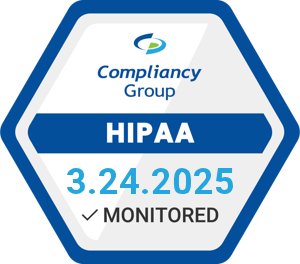February 7, 2022

Oncology represents the largest research area globally, with 6.5% annual growth from 2000 to 2020 compared to 3.6% for nononcology drugs in development. At the same time, oncology trials face unique challenges including patient enrollment and retention problems, complex trial designs across more sites, larger data sets, longer durations, and more protocol deviations (to name only a few). In fact, the three phases of oncology trials last almost 12 years, on average, compared to 8 years for nononcology trials. And oncology trials generate a much higher volume of data: 3.1 million data points per protocol in phase 2 oncology compared with 1.9 million in nononcology.
It’s no surprise that, as of June 2021, only 5% of the 4,576 trials utilizing DCT strategies are oncology studies. Various explanations for this lag may include the type of investigational product, the need for invasive tests and scans, and the uncertainty surrounding the effect of remote assessments on data quality. However, a well-designed DCT that considers regulatory and operational concerns can not only overcome these issues but also improve research performance, data quality, and speed.
Wrong Assumption: Cancer Trial Patients Prefer In-Person Visits
Many cancer patients would prefer to stay home. For instance, patients diagnosed with acute myeloid leukemia—a cancer of the blood and bone marrow that progresses rapidly—juggle many physical and psychological side effects from the time they receive initial treatment through their post-hospitalization course. Prolonged symptom management, often involving nausea and fatigue, makes outpatient visits particularly challenging. Follow-up oncologist appointments are already time-consuming and may include blood transfusions, intravenous medication delivery, and comorbidity management. Tacking on additional research assessments before patients can go home may be more than they can bear.
DCT technologies enable remote monitoring so ailing cancer patients can remain in the comfort of their homes and reduce the burden of in-person visits, in turn, attracting more trial participants. Continuous remote monitoring provides the added benefit of better real-world data.
Pete, a middle-aged survivor of acute lymphoblastic leukemia, endured an arduous, three-year chemotherapy course. Three months into his treatment, he entered a clinical trial using blinatumomab, which was taken in parallel with his chemotherapy. Within just one month, his leukemia disappeared completely, but due to risk of recurrence, Pete underwent three more cycles of trial drug. Today, he sees considerable value in a DCT approach during the maintenance and monitoring phases, which will last for the next three years.
“I do televisits with my oncologist now, which is much easier,” said Pete in an interview for this article. “You can’t replace in-person visits in the early stages of a trial, but virtual technologies can ease the burden long-term.”










